|
THE HOURGLASS
|
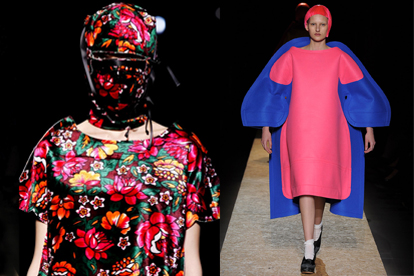
|
|
photo by comme des garçons
|
The silhouette is under scrutiny and undergoing radical change and manipulation. In an attempt to render the body evermore slender and streamlined, simply doing elastic bandage mummy numbers doesn't seem do the trick anymore. The need for slim is pressing and therefore fashion looks at tricks to play with optical illusion, slicing ounces off the body by using colour as a tool. In a surrealist revival of form (think Schiaparelli), many designers are using a slim front and back panel in a dark colour on a lighter background, or even human skin, with lace-up fastenings holding the pieces together; the result is stunning and makes the body become a silhouette that somehow moves very differently, as if seeing a mirage. A mirage that might make fashion history as it could give consumers slimmer options, especially for knitwear and swimwear.
Most designers and brands, like Stella McCartney, Maison Martin Margiela, Dries van Noten and Fatima Lopes, manipulate this optical trick-in-a-box to obtain the suggestion of slimness and the breakable fragility of the hourglass. There is however one designer that uses the optical illusion as an artform, designing a dress upon a dress as if it were a cut-out paper doll garment; and that designer is Rei Kawakubo. With her insatiable curiosity for the innovative and unexpected, she continues to shift the borders of what is wearable or not, and what in fact defines fashion at Comme des Gracons. Her absurdist and clownesque colourful collection for the coming winter is yet another example of her genius.
Lidewij Edelkoort
|
|
|
|
|
TAKE AWAY
|
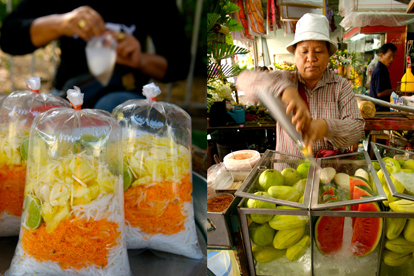
|
|
photos by jean-françois mallet
|
|
Tell me what you eat ...
Bretzel in New York, Dim Sum in Hong Kong , Acarajé from Bahia, the street food with very few expresses the best of a culture.
What is common between shortbread iced with sugar, a calzone pizza with peppers, fried fish dumplings with coriander? The street. "Earthly food" seen by Jean-Francois Mallet can be eaten directly at the asphalt.
From Tokyo to Buenos Aires via Hanoi, India, Armenia, Mali and New York, the belly of the earth unfolds on the sidewalks of the world. Why the streets? The question is not the good one. At the restaurant or on a bench, Jean-Francois Mallet focuses on the diversity of flavors and on the authenticity of recipes.
But it is often in the street that cultures are reflected in their tastiest expression. Cooking is a mode of apprehension and understanding of other's flavors and taste. The bias is aesthetic and ideological. The angle never shows misery or dirt. Yes, you can be happy in the streets,you just need a seat.
Street foods seen by Jean-Francois Mallet are always attractive. To be photographed, it is necessary that the dishes are good, only then they can be beautiful. "I always taste before taking a picture," says chef-photographer-reporter.
His photographic work is against globalization, turning its back on large restaurant chains that bloom on every continent. So why the street? Because it is where the struggle for a better world , within the meaning of the word gourmet is.
Emmanuelle Jary
Discover more on Trendtablet
|
|
|
|
|
IS FASHION STILL FASHIONABLE?
|
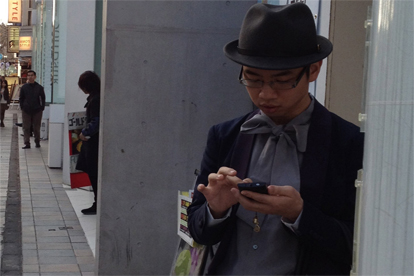
|
|
photo by kaori leyasu
|
|
Recently I have been asking myself why fashion in Tokyo is not as exciting as it was several years ago. Same styles keep coming back; outdoor, military, American style, fancy dresses...
This made me start thinking and I realized that this might be a new way of fashion. The criteria are not the same anymore, when people used to choose for pretty but uncomfortable clothes, people now choose for functionality. Cycling requires easy clothing and waterproof jackets. And being sportive requires high-tech sneakers like professional runners wear.
The economic situation is in a negative spiral and the younger generation has less hope for a brighter future. This forces them to become more steady and more careful on what to spend their money on. Dressing up like the older generation did in the 80's is now seen as a waste of money. This doesn't mean that the younger generation doesn't like to dress up anymore, the desire to be beautiful is rooted in our genes.
A specific style that is having a revival is the masquerade style. Although it is adapted to the 21st century we can see many similarities. Accessories are big ribbons, bow ties, false eyelashes and huge eyeglasses. All of these accessories have showed up in fashion for more than once. It's a cheap way to change one's impression radically and every day could be a masquerade ball.
Kaori Leyasu
|
|
|
|
|
ATMOSPHERES A HYERES
|
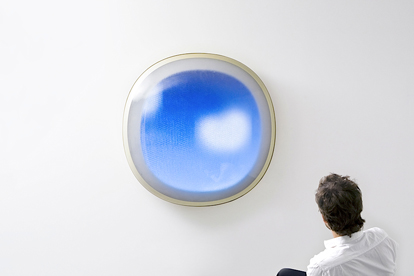
|
|
photo courtesy of carpenters worshop gallery - design mathieu lehannneur
|
|
As part of Design Parade 7, Lidewij Edelkoort has been invited to select 7 objects she feels represent the zeitgeist. The exhibition will be shown in Hyères' beautiful Villa Noailles from June 29 to September 30, 2012.
"Atmosphères à Hyères" reflects a constellation of spheres that seem to float in space, completing one another and engaging themselves in a dialogue on design. A moment for reflection and introspection when form addresses life's bigger questions; without being moralistic or presenting itself as utopian. Design journeys with us from life to death, teaching us how to play, how to adopt nature in all its intimacy, how to belong to a creative community, how to advance and rethink industrial production, how to annex progress in a nostalgic way, how to stop mutilation as easily as child's play and how to deal with death differently and more gently.
Through seven products and concepts from seven international designers, a positive perspective that is full of hope is brought to the design discipline that seems sometimes to become ephemeral and superfluous. Therefore, a correction of life's course is felt and promises a better future from crib to coffin.
Discover more on Trendtablet
|
|
|
|
|
CAPTURED WILDERNESS
|
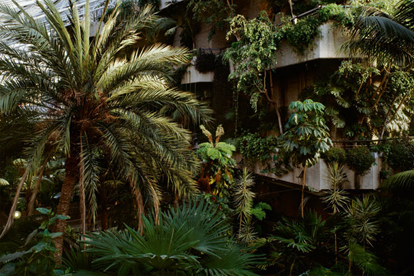
|
|
photo courtesy of barbican
|
|
In the heart of London there is place that not many of us know. A place that makes your wildest dreams come true. The Barbican Conservatory is a tropical oasis with no boundaries. A different way of gardening. No flowebeds or lawns, but wild growing vegetation. Coffee bean and citrus trees, palm and ferns gush from the severe concrete structure.
Gardens will play a more important role in our society. A place to rest and to hide yourself for while. Growing plants are giving us hope for a better life. The glasshouse garden was finished in 1982 as part of the famed Barbican Estate. The Centre is the largest preforming arts centre in Europe located in the City of London.
Home to finches, quails, exotic fish and over 2,000 species of tropical plants and trees, it’s a perfect way to enjoy a lazy Sunday. The urban jungle is open on every sunday from 11am until 5.30pm.
Willem Schenk
More
|
|
|
|
|
|
|
|
|
EXHIBITION
|

|
GERHARD RICHTER
In honor of the major traveling retrospective devoted to the remarkable career of Gerhard Richter, Centre Pompidou (June 6–September 24, 2012) and the Louvre exhibits about a hundred works on paper as well as the artist’s two Sculptures.
More
|
|
|
BOOK
|
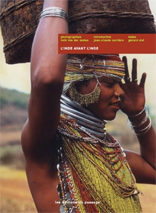
|
|
L'Inde avant L'Inde
This book invites us to discover fascinating people: the Adivasi, "the ones who were here first". The tribe with heritage from Africa and Oceania is claimed to be the aboriginal population of India. Two millions of people lives under primitive conditions of which are unknown to us. The authors gives us a chance to learn more about their great diversity, what gathers them, and also their struggle for identity and acknowledgement.
Shop
|
|
|
EXHIBITION
|
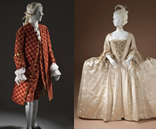
|
|
FASHIONING FASHION
With Fashioning fashion: European Dress in Detail, 1700-1915 the German Historical Museum is presenting – exclusively in Berlin - Germany – a unique collection of historical garments and accessories from the Los Angeles County Museum of Art.
More
|
|
|
MORE TRENDS
|
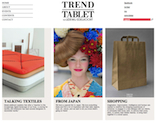
|
TREND TABLET
trendtablet.com explains how trends grow, evolve and flow, and helps us better understand and perceive how they interact in our daily lives.
this tool accessed for free is open to comments and new ideas, please contribute and be part of our network .Enjoy!
More
|
|
|
JOIN US
|
|
|
|
BOOK
|

|
|
Pattern Magic
Pattern Magic is the cult pattern-cutting book from Japan. Taking inspiration from nature, from geometric shapes and from the street, professor Nakamichi harnesses the sheer joy of making and sculpting clothes. Each project is beautifully illustrated with clear diagrams and photographs showing the stages of construction, the "toiles" and the finished garments.
Shop
|
|
|
MAGAZINE
|
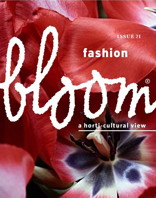
|
Bloom
Over the last few seasons we have seen flowers starting to bloom on textiles, experimental plants invading dresses and witnessed leaves whirling onto scarves.Therefore, we have created a magazine that is much like a bazaar, containing all the types of fashion that flowers have to offer, exploring their influences to the fullest.
Shop
|
|
|
|
CATALOGUE
|
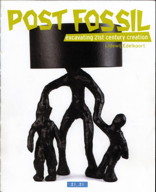
|
Post Fossil
Post Fossil. Excavating 21st century creation. This catalogue was printed on the occasion of the exhibition in Tokyo.
Shop
|
|
|
